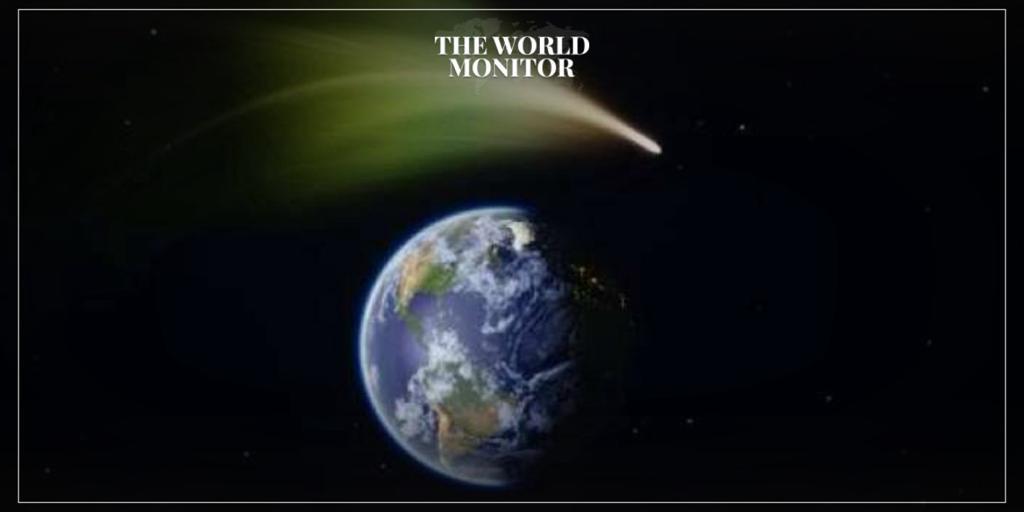The Al-Ojeiri Scientific Center in Kuwait has announced that January will feature two notable celestial events. The first event is a meteor shower occurring on Wednesday. The second event, occurring on Thursday, is the solar perihelion, a phenomenon where the Earth reaches its closest proximity to the Sun. This will cause the Sun to appear marginally larger and brighter than usual.
Additionally, the peak of the Quadrantid meteor shower is expected on Thursday night. This shower is predicted to produce around 120 meteors per hour, visible to the naked eye in dark, open areas during the night. Coinciding with this meteor shower is the perihelion event, an annual occurrence marking the start of the new calendar year.
The astronomical events mentioned, namely meteor showers and the solar perihelion, hold significant interest in the realm of astronomy, captivating both professional astronomers and sky-gazing enthusiasts alike.
These celestial events occur when Earth traverses through the debris left behind by comets or, less commonly, asteroids. As this debris enters Earth’s atmosphere, it ignites due to friction, creating the luminous streaks in the night sky known as meteors. One of the major meteor showers is the Quadrantid meteor shower, typically peaking in early January.
This shower is named after the now-defunct constellation Quadrans Muralis. The visibility of meteor showers is influenced by several factors, including the amount of light pollution, weather conditions, and the moon’s phase. Optimal viewing conditions are usually found in areas with dark skies, free from the glare of city lights.






